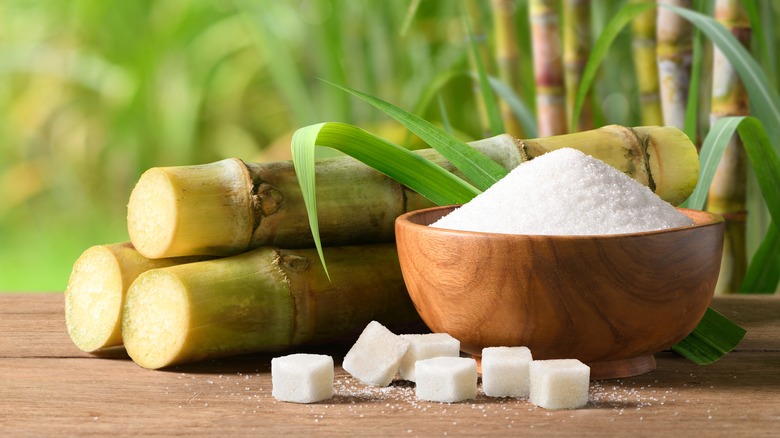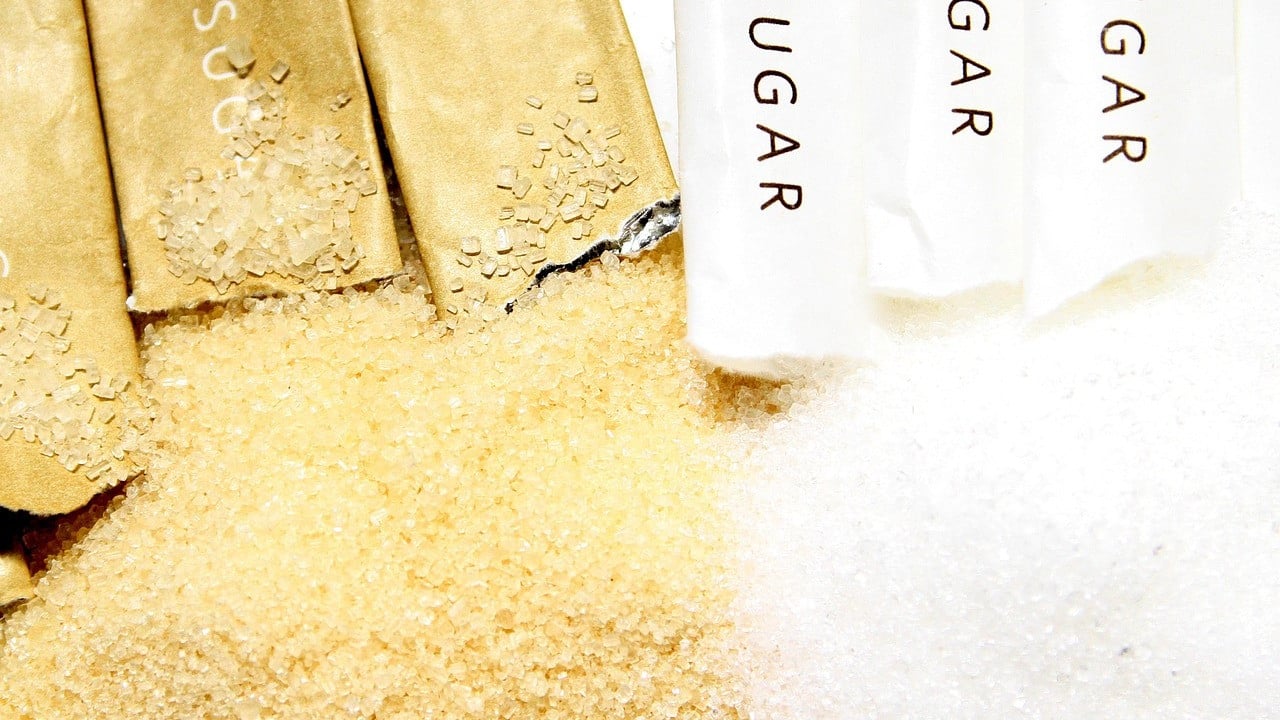Discovering the Differences in Uses and Advantages In Between Beet Sugar Vs Cane Sugar
In the culinary world, the selection in between beet sugar and cane sugar is not just concerning sweetness however involves a nuanced consideration of taste, application, and effect. While both sugars originate from various plants, each goes through special production processes that discreetly affect their qualities and viability for different meals. As chefs and customers progressively focus on both the ecological and taste profiles of their ingredients, recognizing these differences becomes critical. This expedition provides insight into exactly how each sugar kind can best improve cooking creations.
Beginnings and Manufacturing Procedures of Beet and Cane Sugar

Walking stick sugar, on the various other hand, comes from the sugarcane plant, an exotic turf indigenous to Southeast Asia but now grown in exotic areas worldwide - beet sugar vs cane sugar. The manufacturing of cane sugar begins with the harvesting of cane stalks, which are squashed to launch the juice.

Nutritional Material and Health Considerations

When comparing the dietary web content of beet sugar and cane sugar, it becomes noticeable that both types basically offer the same caloric values, with about 16 calories per tsp and no significant nutrient diversity. Both sugars, when eaten in excess, can add to raised blood glucose levels, a threat aspect for diabetic issues and other metabolic conditions. From a wellness viewpoint, regulating intake of any type of sugar, whether from beet or cane, is a good idea to stay clear of these potential adverse results on wellness.
Taste Accounts and Culinary Applications
In spite of their comparable chemical frameworks, beet sugar and cane sugar vary subtly in flavor, which can affect their use in numerous cooking contexts. Walking stick sugar often carries a tip of molasses, even in its refined form, lending a cozy, caramel-like undertone that improves baked goods, coffee, and chocolate-based recipes. This minor molasses flavor is especially valued in the cooking industry for including deepness to sugary foods and pastries. On the various other hand, beet sugar is identified by its highly improved, neutral taste, making it a flexible sweetener that does not modify the flavor accounts of dishes. This neutrality is particularly useful in fragile dishes, such as light breads, lotions, and some sauces, where the intrinsic tastes of various other ingredients are meant to attract attention. Cooks and food suppliers could pick one kind of sugar over the various other based on the wanted taste end result of their cooking productions.
Ecological Effect and Sustainability
While both beet and you can look here cane sugars are originated from plants, their environmental influences differ dramatically because of the distinctive methods of farming and processing needed for each and every. Sugar beet cultivation often includes considerable automation, which can enhance nonrenewable fuel source intake and carbon emissions. Beets can be grown in cooler climates and need much less watering, potentially minimizing water use compared to sugarcane. Sugarcane, on the other hand, is usually grown in tropical regions where it relies heavily on irrigation and a much longer growing period, increasing its water impact.
Moreover, the processing of sugarcane frequently creates a significant quantity of waste, including bagasse, which, although useful as biofuel, regularly contributes to air pollution if shed inefficiently. Sugar beet handling utilizes even more of the raw products, resulting in less waste. Both sectors face difficulties in reducing their ecological impacts, yet ongoing advancements in farming practices and waste administration More Help are intending to enhance sustainability.
Economic Elements Influencing the Sugar Sector
The economic characteristics of the sugar sector are considerably affected by worldwide market demands and profession plans. In regions where sugarcane or sugar beet production is subsidized, here are the findings manufacturers might have a financial advantage that allows them to use reduced rates on the international market.
In addition, variations in global need for sugar, affected by dietary trends and industrial usage in food items, straight impact prices and manufacturing degrees. beet sugar vs cane sugar. Climate condition also play a pivotal duty, as they can significantly impact crop returns and, as a result, the supply chain. This irregularity presents a level of financial uncertainty that can lead to financial investment volatility in sugar production markets, affecting decisions from growing to market technique
Verdict
In conclusion, both beet and cane sugar have distinct high qualities that suit different cooking demands. While cane sugar conveys an abundant taste suitable for improving baked goods, beet sugar's neutrality is perfect for lighter dishes.